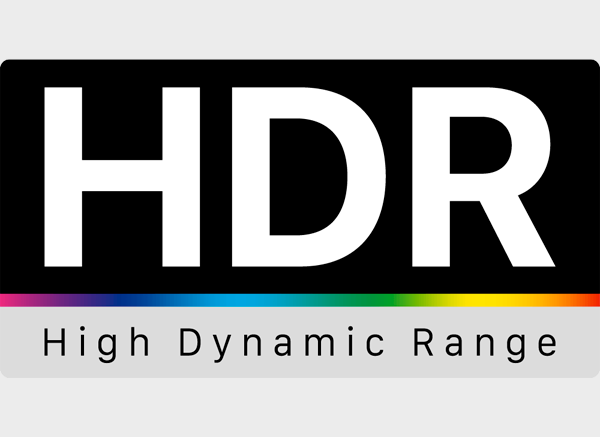Martin Stevens
REDuser Sponsor
So, my take on this is that Steve Yedlin is correct in stating that HLG is essentially the same as SDR in functional terms, but with a less optimized transfer function. Both use relative encoding rather than absolute luminance values, meaning they rely on the display’s capabilities to interpret brightness—unlike PQ-based HDR, which encodes fixed nit levels.
While HLG adds a logarithmic curve to extend highlight range, it offers no real benefit over SDR in most post-production or delivery workflows, and its less refined tone curve can actually degrade image control. Furthermore, HLG lacks wide support in end-to-end pipelines, making it impractical for cinematic or streaming content. Including it as another deliverable would only add unnecessary logistical complexity without improving the viewer experience.
While HLG adds a logarithmic curve to extend highlight range, it offers no real benefit over SDR in most post-production or delivery workflows, and its less refined tone curve can actually degrade image control. Furthermore, HLG lacks wide support in end-to-end pipelines, making it impractical for cinematic or streaming content. Including it as another deliverable would only add unnecessary logistical complexity without improving the viewer experience.









